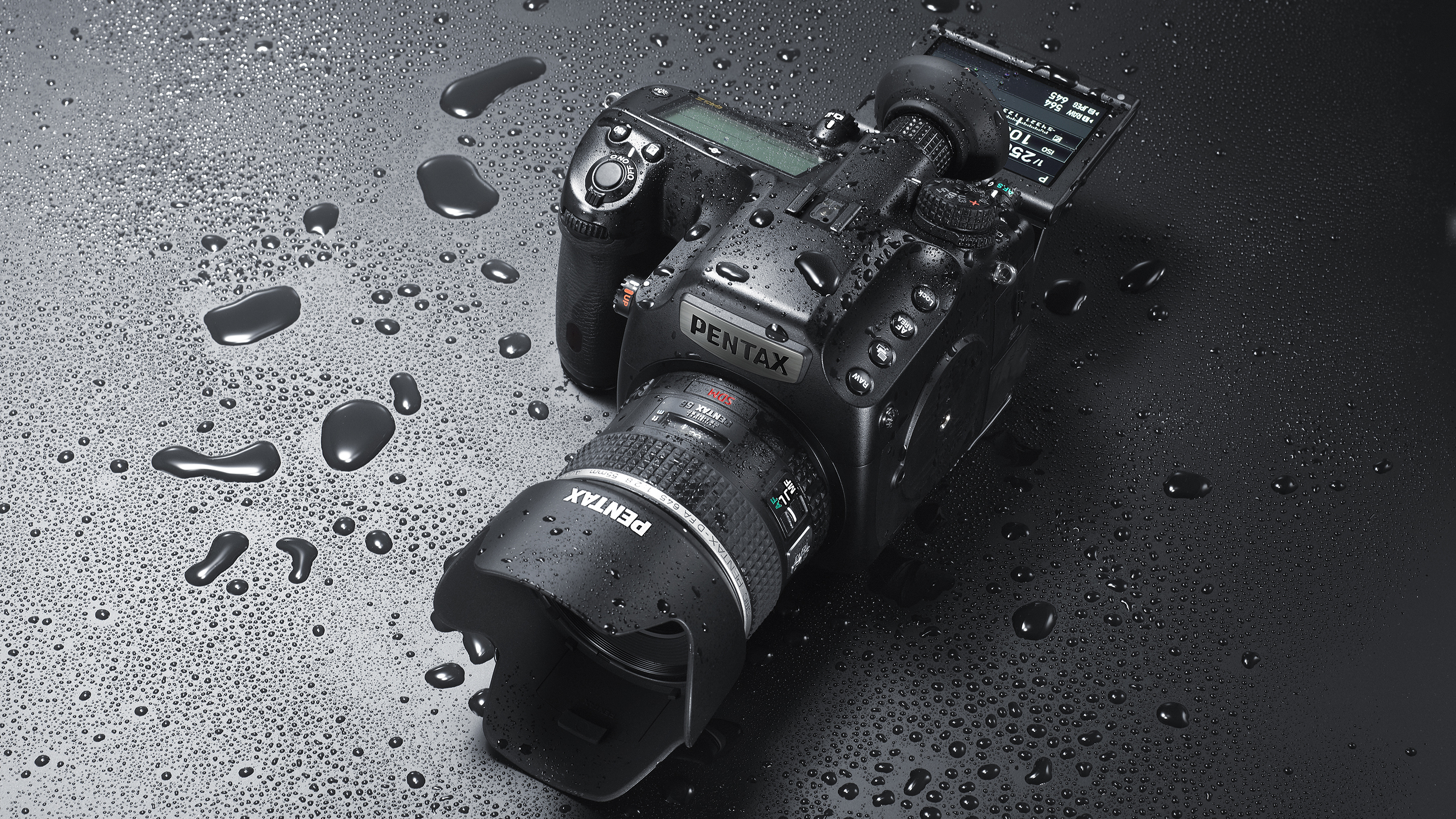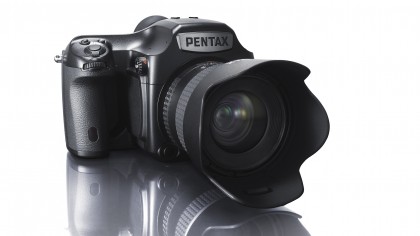Does anyone really need a digital medium format camera?
Is it sensor size or pixel count that matters most?

When I first got in to photography, which wasn't quite 100 years ago, there were three reasonably clear groups of camera user. The happy snappers used compacts, the enthusiasts used SLRs and the professionals used medium, or large, format. If you were a really 'serious' amateur, and every club had at least one of these Yodas, you might have got yourself a medium format system, using 6x4.5cm, 6x6cm or even 6x7cm frames of 120 roll film.
If you were a professional wedding or landscape photographer you wouldn't have dreamt of using a 35mm SLR, for credibility reasons as much as for quality, and a happy snapper wouldn't have known which end of a 35mm SLR or medium format camera to look through.
Not much of that has meant a great deal in the last eight or so years, and the lines between what is professional equipment and what is amateur are exceedingly blurred. These days a first timer can pick up a DSLR, switch it to auto, and be shooting in minutes, while exceedingly few non-professionals own a medium format camera. Indeed, exceedingly few professionals own anything other than a DSLR, and have to attempt to distinguish themselves and their professionalism with better techniques and better lighting.
Old format, old hat
It would be easy to believe that the medium format concept is out-dated and that it has perhaps had its day - passed over for more nimble and flexible systems. With reflection though, we might recognise that it was a lack of kit at an affordable price that forced the medium format camera off the shopping lists of the nation's serious photographers, not a lack of desire for what a medium format camera can achieve.
In the meantime, many of us have forgotten what medium format means and what medium format can do. I think we all remember that when pixel counts are equal, a pixel on a full-frame sensor is larger than a pixel on an APS-C sensor, which in turn is bigger than a pixel on a compact camera sensor. In general, we appreciate that larger pixels are better than smaller ones. It should follow then, that a pixel on a medium format sensor of that same pixel count will be bigger and better again. So the image quality from a 24-million-pixel medium format camera should be proportionately better than that of a full frame camera with the same 'resolution'.
More than resolution
Crucially though, it wasn't just image quality that drew us to medium format film cameras, it was also the characteristics of the image itself - a function of that physically larger frame. We just couldn't achieve the same sort of dramatically shallow depth-of-field with a 35mm camera except with a very expensive lens that may well not perform well wide open.

And that advantage holds true for this new Pentax 645Z. Its draw for the creative photographer isn't so much that it has 54 million pixels with a pitch of 5.3 microns, but that its 43.8x32.8mm sensor can deliver a crisp full length portrait against a creamy background at an aberration-free f/5.6 and a distance of 15 feet. With a standard 55mm lens.
Get daily insight, inspiration and deals in your inbox
Sign up for breaking news, reviews, opinion, top tech deals, and more.
The camera's resolution is important, of course, but it probably won't be long before such pixel populations exist on smaller sensors. There will never come a time however, when a smaller sensor can better that creative selective focus, or the quality with which a medium format camera can achieve it. And with the 645Z, medium format cameras are taking a significant step towards becoming affordable.